AUBURN — The Auburn-Lewiston Municipal Airport’s current financial struggles are not a unique situation. In fact, it’s fairly common among small municipal airports that do not have commercial airline traffic.
Based on data from the Airports Council International’s Airport Economics Survey, 97% of airports globally that have fewer than 1 million passengers operated at a loss in 2019.
There are anecdotal reports that some municipal airports in Maine are profitable, but as a general rule, being self-sustaining or breaking even is the desired goal.
Jonathan LaBonte, chair of the Auburn-Lewiston Municipal Airport board and acting airport manager, is well aware of the need to be self-sustaining. In an April 5 interview with the Sun Journal, he said, “This airport should self-sustain. There are other airports in Maine that comfortably self-sustain. Sanford is an example. They are taking in more than they are expending within their airport department, which allows them to spend money on capital, (to) be planning for the future.”
While the numbers vary from region to region and from year to year, Vitaly Guzhva, a finance professor at Embry-Riddle Aeronautical University in Florida, found in a 2009 study that 75% of general-aviation airports lose money every year and stay solvent only with cash from local taxpayers.
In an email exchange this week, Guzhva’s co-author, Dave Byers, a commercial pilot and principal at consulting firm Quadrex Aviation in Florida, said the statement generally holds true today, although maybe not as high as 75%. “Most GA (general aviation) airports do not make enough to cover operational expenses much less any capital expenses,” he wrote.
Most residents in Lewiston and Auburn have little or no connection to the airport, which is operated jointly by the two cities, primarily because there are no commercial flights in and out of the facility. But their tax dollars help sustain the airport’s existence. The Federal Aviation Administration, which oversees all airports in the United States, encourages smaller airports to be “self-sustaining.”
What is essential to keep in mind, aviation economists point out, is that airports like Auburn-Lewiston’s contribute to the local, social and economic development of their surrounding communities. For instance, executives from corporations like Procter & Gamble and other companies based here fly in for business, and economists say the potential impact to the community goes way beyond that.

The fuel farm at Auburn-Lewiston Municipal Airport became operational in 2021 and officials say it has far more capacity than is currently needed for the small, municipal airport. Russ Dillingham/Sun Journal
AVIATION FUEL SALES CRITICAL
According to the Airport Cooperative Research Program Report 192, aviation fuel sales historically were the major revenue source for airport service providers. That picture is changing, with fuel sales declining due to fewer single engine or multi-engine piston aircraft in service, increased fuel economy in newer jets and piston aircraft, and volatile fuel prices.
Despite that, fuel sales still represent one of the best sources of revenue for small airports. The ACRP research found that unless airports sell a lot of fuel — over 1 million gallons a year — they need to pursue a business model that includes other services that can generate revenue such as maintenance, charters, or hangar development and rentals.
“Fuel sales can be a significant revenue source but only if the airport itself is selling the fuel as opposed to a private company,” Byers noted. “Pricing to cover all the costs plus a profit margin is (an) important factor.”
Fuel sales at the Auburn-Lewiston Municipal Airport are down and LaBonte has acknowledged that, although he reports June so far has been very positive, with rising sales. Final numbers for June were not yet available.
FUEL SALES NUMBERS COMPARED
The airport sells two types of aviation fuel: Jet A fuel and Avgas or aviation gasoline. The airport’s gas sales records, which the Sun Journal obtained partially through a Freedom of Access Act request, show that in 2019, Avgas fuel sales totaled 35,806 gallons, while Jet A fuel sales totaled 133,278 gallons. Peak sales months are May to September, but can extend into the fall.
Over the past 12 months, Avgas sales totaled 25,299 gallons, while Jet A fuel sales totaled 98,423 gallons. Sales from May 2022-May 2023 were down 25% and 26% respectively over 2019 figures. (Fuel sales for 2019 are the most recent comparison point of a “normal” year. The Sun Journal did not use statistics from 2020 and 2021 because the impact of the COVID-19 pandemic skewed sales.)
Jim Platz, a pilot who regularly flies out of the Auburn-Lewiston airport, says he’s surprised to hear that sales of Avgas in particular are down. “The Avgas sales, I know during the last few years around Maine, from my understanding, actually were setting records. So very recently, I’m not sure.”
Jet fuel sales are also down from 2019. Platz points out that puts sales of jet fuel about where they were four years ago. He said he attributes the declining sales to three things: “You’ve got price. Then you’ve got convenience, and then you have customer service. There are certainly other things, but those would be top on my list.”
Economists at Airports Council International agree with Platz on at least one point, that enhancing customer service can boost revenues.
One way to improve fuel sales is to add self-service availability. In 2011, Airport Improvement magazine highlighted a small airport in Burlington, Wisconsin, comparable in many ways to the Auburn-Lewiston airport, as “a self-sustaining general aviation airport that’s turning a profit.” It had been operating at a deficit, had lost is fixed base operator, or FBO, and the city demanded the airport become self-sustaining.
A new manager was hired and installed self-serve pumps, allowing the airport to lower the price per gallon, which resulted in a doubling of traffic at the airport over a four- to five-year period. Lower prices — as much as $1 a gallon — attracted pilots to the airport to save money.

Kevin Moore records how much fuel he just offloaded to an experimental airplane Wednesday afternoon next to the main terminal at the Auburn-Lewiston Municipal Airport. Jay Hewett, a pilot from Cumberland, climbs into the plane that he built and stores in a hangar on the other side of the airport in Auburn. Russ Dillingham/Sun Journal
Self-serve pumps that are available 24/7 mean pilots don’t have to plan around airport business hours, when employees are on duty to fuel planes. While not every pilot wants to pump their own fuel, many do because of the savings.
Members of the Auburn-Lewiston Municipal Airport board of directors have discussed self-serve fuel service for years, but only took action last week to approve the cost of moving the Avgas pump closer to the terminal for the convenience of pilots and converting it to self-serve, at a cost of $150,000, or $75,000 for each city. Lewiston has already budgeted money for the project and now Auburn will have to do the same. LaBonte hopes the self-serve pump will be ready to go by fall.
“While it’s taken longer than the customers of the airport would have liked,” LaBonte commented, “it’s a positive sign for the self-serve Avgas project to be finally moving forward after years of discussion. With valuable input from pilots on location, and a financial commitment from both cities as airport sponsors, this project can also move forward without some of the red tape and added expense that using federal funds would have brought.”
The airport’s fuel farm that holds and distributes the aviation fuels is basically new, brought online in the winter of 2021 at a cost of $700,000. No federal funds were involved.
The airport’s long-term contract with its fuel supplier is ending in the coming months, leaving an opportunity to renegotiate its cost, which opens another door for the airport to change course.
Byers, of Quadrex Aviation, offered another insight from his years of researching aviation and working in the industry. “The governance of the airport also has a lot to do with its profitability. Municipal-run airports are often harder to get to break even due to overhead and bureaucratic inefficiencies,” he said, explaining they tend to be more risk averse and less apt to want to follow business-oriented decisions.
The airport board also approved the budget last week for the next fiscal year and is getting closer to auctioning off the abandoned property left by Elite Airways, which will help offset some of the current deficit, which still hovers around $1 million, and possibly free up a 50,000-square-foot hangar that could be leased out in part or in whole.
Editor’s Note: An earlier version of this story stated the fuel farm was paid for mostly by federal funds. No federal funds were used.
Send questions/comments to the editors.


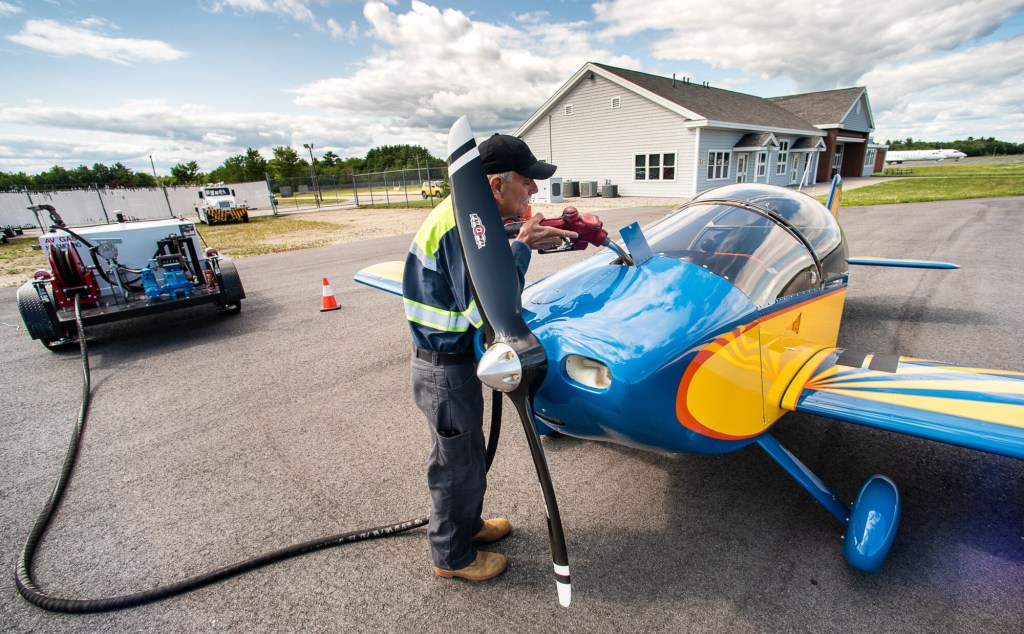
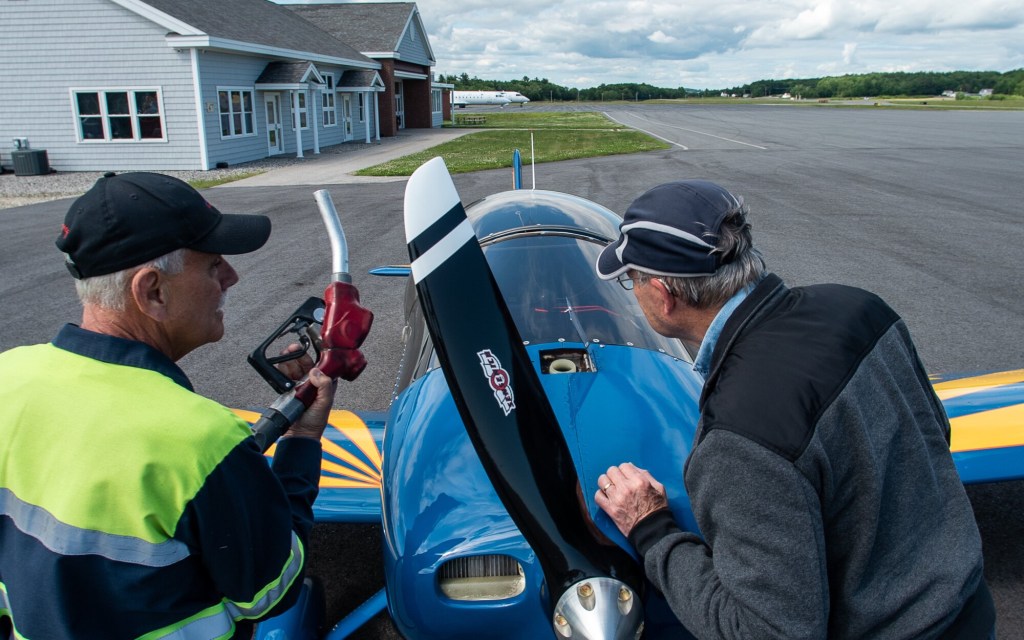
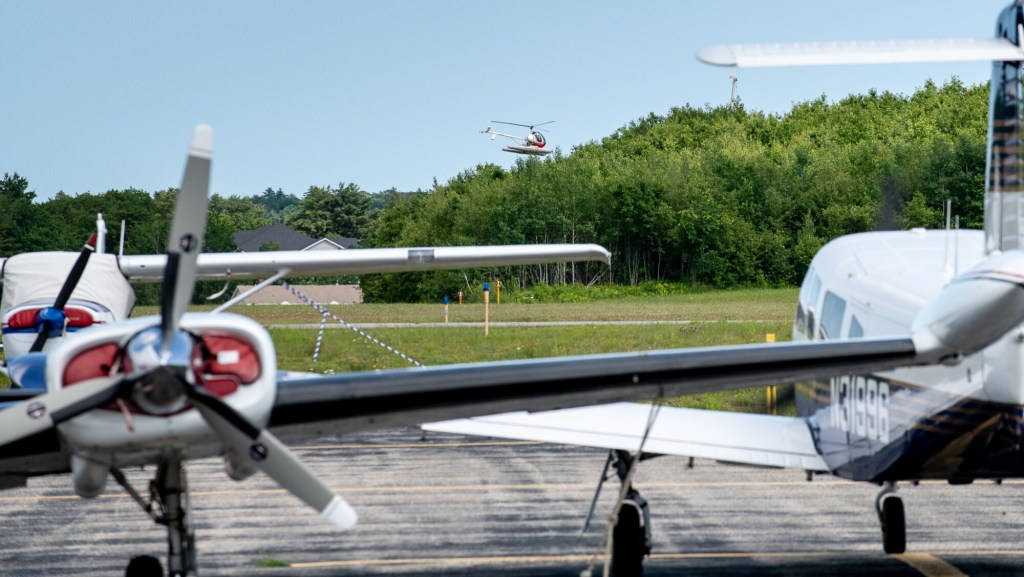
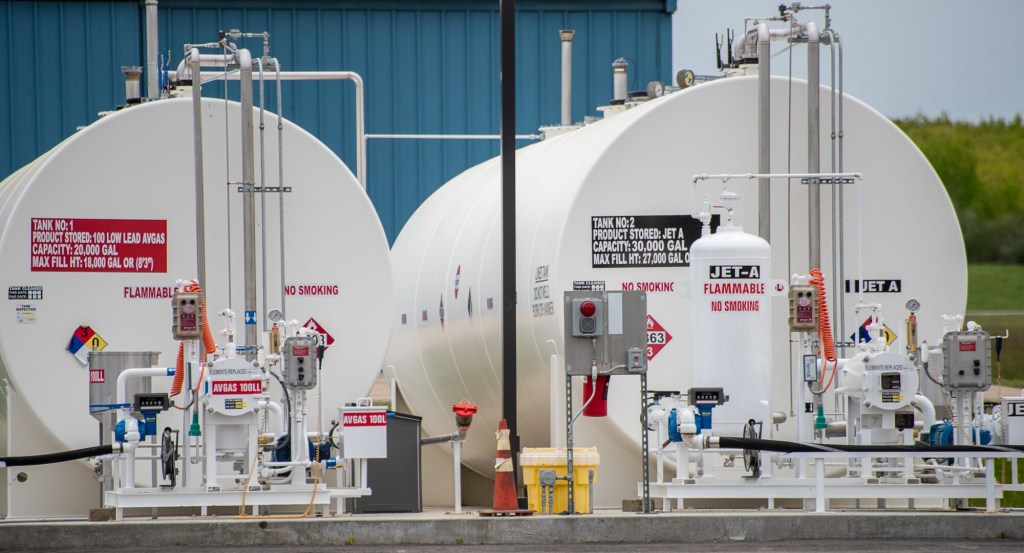

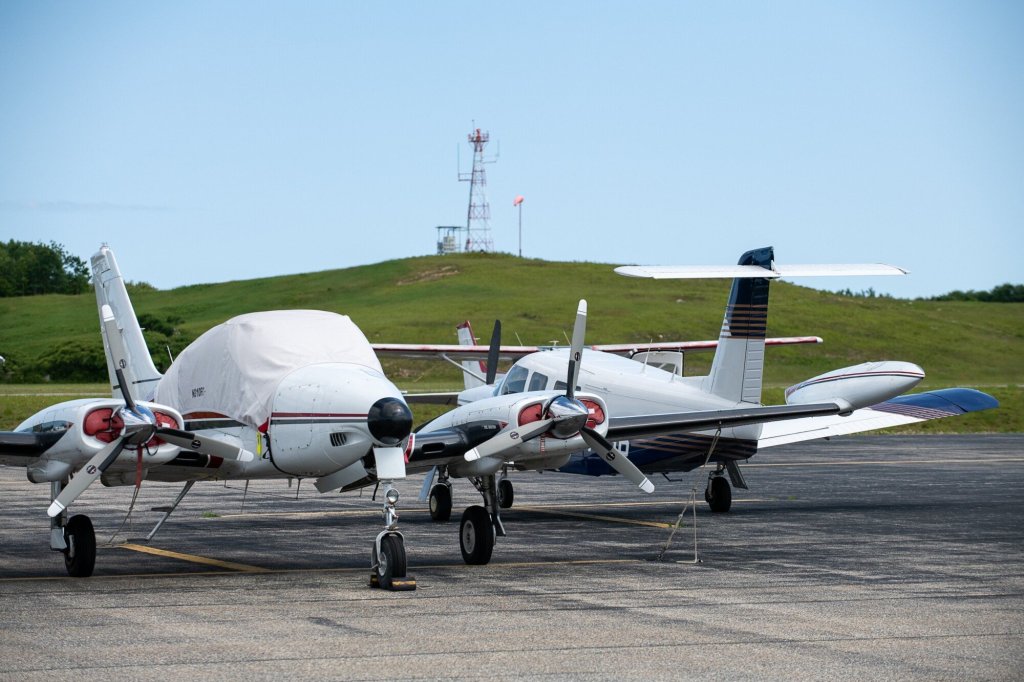

Comments are no longer available on this story